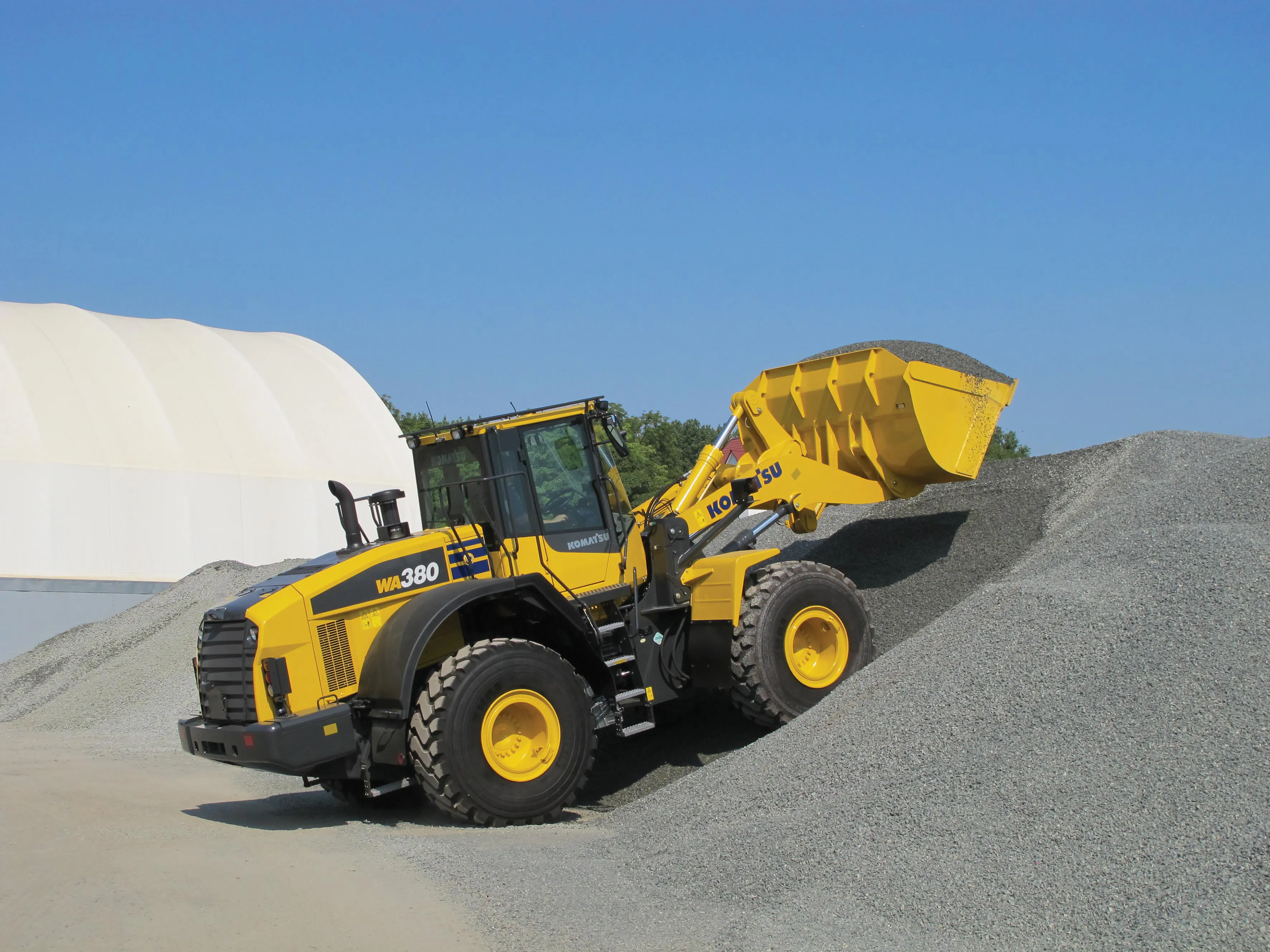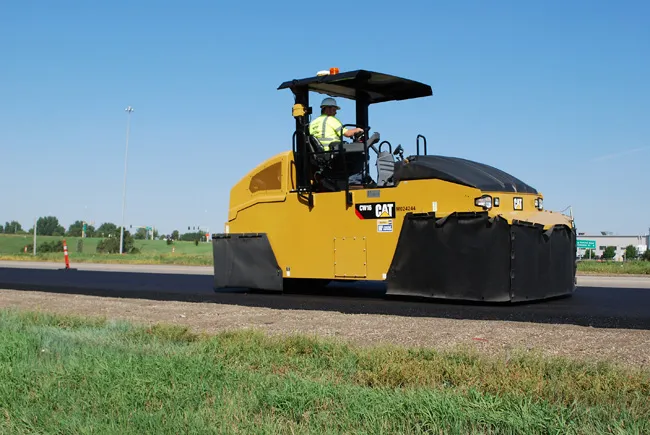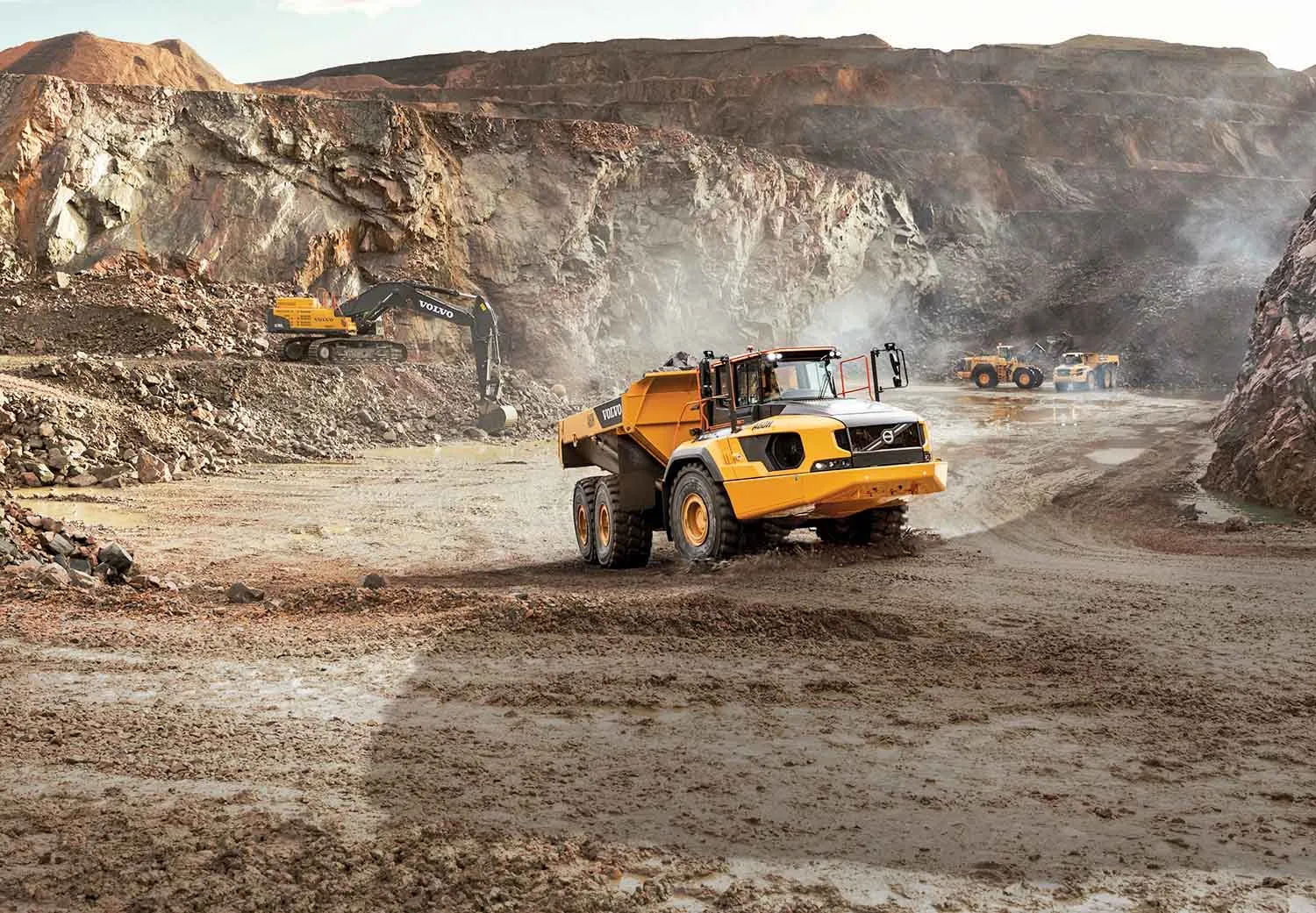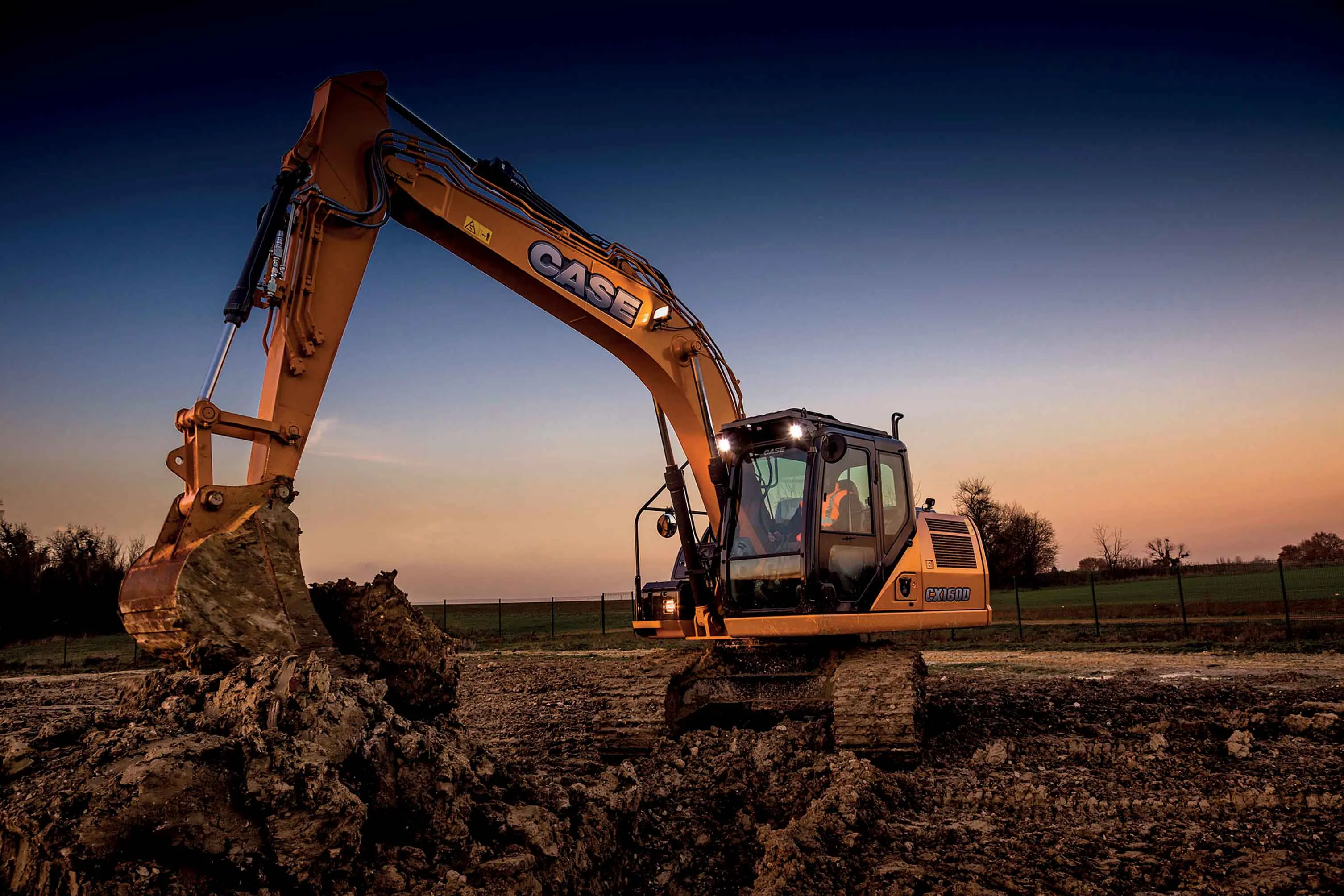Hamm says its new GRW180i compactor broadens its range of rubber-tyred rollers. Power comes from a four cylinder, 3.6litre TD3.6 L4, Deutz engine rated at 55.4kW and which meets the Tier 4 Final/Stage IV emissions requirements. The machine is available in two versions, the GRW180i-12H and the GRW180i-10, with basic weights of 12 and 10tonnes respectively. The machine design is similar to the more powerful GRW280 rubber-tyred roller, which is powered by a large six cylinder engine and offers a maximum weight
April 21, 2015
Read time: 2 mins
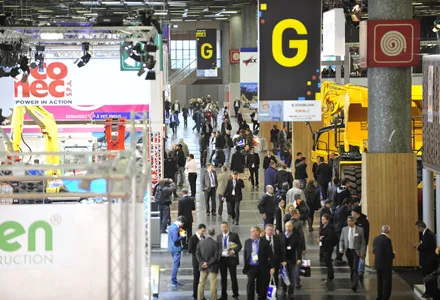
The machine is available in two versions, the GRW180i-12H and the GRW180i-10, with basic weights of 12 and 10tonnes respectively. The machine design is similar to the more powerful GRW280 rubber-tyred roller, which is powered by a large six cylinder engine and offers a maximum weight of up- to 28tonnes, while the new model offers a maximum ballasted weight of 18tonnes. Head of marketing at Hamm, Gottfried Beer, commented: “The idea was to have a different machine for several markets. For the moment we only offer it in Tier 4 Final form but we have the earlier GRW280 available in Tier 2 rating also.” The dimensions of the GRW180i models are the same as for the existing GRW280, while the new machine also features the same compaction technology as for the existing model.
The firm opted to develop this new machine to broaden the range for customers, having seen healthy demand for pneumatic-tyred rollers in recent years.


